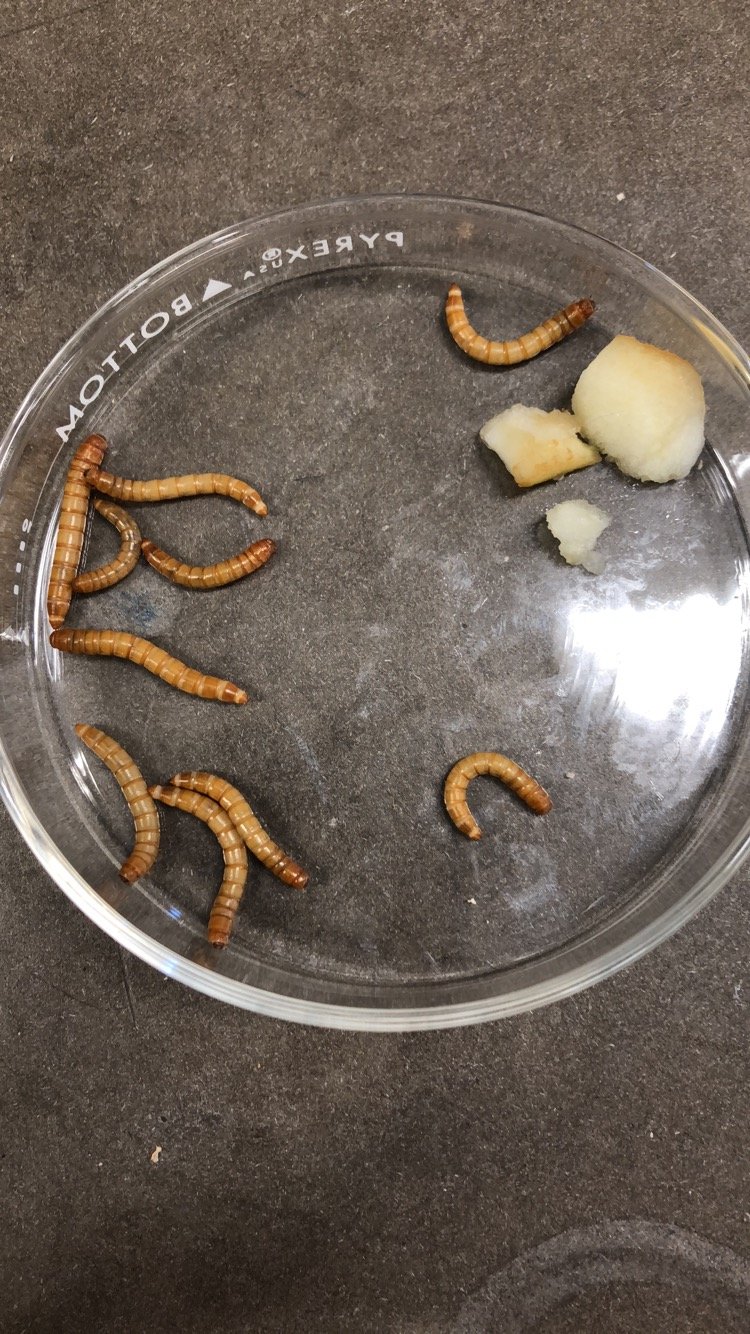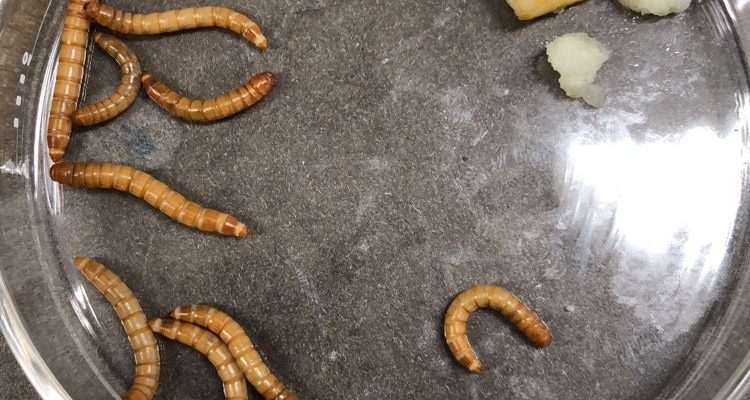
To put it simply, mealworms are the larval stage of the darkling beetle. This means they’re not just mindlessly crawling around; they’re adapting and responding to changes in the environment. In field studies, scientists have observed various behaviors tied to temperature, moisture, and even food availability. So, let’s dive in and explore how these little critters act when the weather shifts and seasons change.
Understanding Mealworm Behavior
Mealworms are fascinating organisms that display unique behavior patterns, influenced heavily by their surroundings. They’re ectothermic, meaning their body temperature is regulated by the environment. This affects everything from their metabolic rate to how active they are. For instance, when temperatures rise in spring and summer, mealworms become more active. They scuttle around looking for food and mates, just like we might feel more energetic on a sunny day.
During the cooler months, their behavior slows down. They enter a sort of hibernation, reducing their activity to conserve energy. Think of it as their way of hitting the pause button during colder months. This seasonal alteration in behavior is crucial for their survival, allowing them to thrive in various environments.
Temperature and Mealworm Activity
Temperature plays a significant role in determining the activity levels of mealworms. Studies show that as temperatures rise, mealworms emerge and become much more spirited. When it’s warm, they can be seen actively foraging for food, which usually includes grains, fruits, and even decaying organic matter. Honestly, you might even find them munching away in your compost pile if you have one!
Conversely, when the temperature drops below their comfort zone—around 10 degrees Celsius (50 degrees Fahrenheit)—you’ll notice a dramatic shift. The mealworms will either burrow deeper into the substrate or remain still. This behavior helps them avoid the cold and conserve energy. In a way, it’s similar to how we might cozy up with a blanket and a hot drink when the temperature dips.
Moisture Levels: A Key Factor
Another critical factor affecting mealworm behavior is moisture. These creatures thrive in environments with higher humidity. In field studies, researchers have found that mealworms are more active in moist conditions, as it supports their hydration needs. A damp environment not only promotes feeding but also aids in their growth and development.
On the other hand, when the ground is too dry, mealworms often retreat into cooler, moister areas to prevent dehydration. Imagine trying to have a picnic in the scorching sun without any water in sight—it’s tough! Mealworms avoid this predicament by using their instincts to seek moisture, allowing them to flourish where conditions are just right.
Food Availability and Dietary Choices
Mealworms are not picky eaters, which is a perk when it comes to their survival. They feast on a variety of organic materials, including grains, fruits, and even decayed plant matter. But here’s the thing: their dietary choices change with the seasons too. In the spring and summer, when food is plentiful, mealworms are more active, foraging and consuming food to grow and reproduce.
During the autumn months, you’ll find them stockpiling food before the winter sets in. They prepare for the leaner months ahead, showing remarkable foresight. If you think about it, it’s a bit like how we might make soups and stews in the fall to enjoy later. Mealworms display that same instinct, gathering what they need to survive.
Reproductive Behaviors Across Seasons
Reproduction is another fascinating aspect of mealworm behavior that varies with the seasons. Warmer temperatures signal the start of the mating season, usually occurring in the spring and summer. During this time, mealworms are more likely to seek out mates. You might be wondering how they communicate; it’s mostly through pheromones and physical cues during their courtship rituals.
As temperatures drop in fall and winter, reproductive activities decrease. The focus shifts from finding a mate to surviving the season. Female mealworms lay fewer eggs, and those that are laid are often less frequent. This reproductive strategy helps ensure that the next generation pops up when conditions are more favorable, which is essential for their long-term survival.
Survival Strategies in Different Conditions
Throughout their life cycle, mealworms exhibit various survival strategies that help them adapt to changing environmental conditions. Whether it’s burrowing deeper into the ground to escape extreme heat or slowing down their metabolism in colder weather, these little creatures seem to have a knack for survival.
In areas where food might become scarce, you’ll find mealworms displaying behaviors such as group foraging to maximize their chances of finding food. They might stick to moist areas where decaying plant matter is more likely to be found. This adaptability is a key to their success in fluctuating environments, allowing them to thrive where many other species might struggle.
Why Seasonal Behaviors Matter
Understanding the seasonal behavior patterns of mealworms isn’t just an academic exercise; it has real-world implications. For farmers and gardeners, recognizing these patterns can lead to more effective pest management strategies. By knowing when mealworms are most active, you can take preventive steps to protect your crops.
Moreover, mealworms have gained popularity as an eco-friendly protein source in animal feed and even human food. Exploring their behavioral patterns can help in cultivating them sustainably, ensuring they thrive while providing benefits to humans and the environment alike.
In conclusion, observing mealworm behavior patterns throughout the seasons opens a fascinating window into the lifecycle of these tiny creatures. From their activity levels in response to temperature changes to their impressive adaptability in varying moisture conditions, mealworms showcase an incredible resilience. The next time you come across a mealworm, you might just appreciate the little guy’s fascinating story, transformed by the changing seasons.

